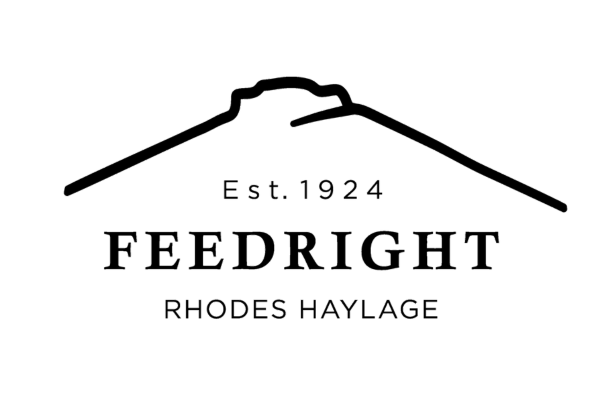As horse owners, we care for and are cautious of all the different ways our horse’s health may be impacted. Laminitis is a debilitating condition resulting from inflammation of the laminae, the soft tissue structures that attach the coffin bone to the hoof wall. When this attachment weakens, the coffin bone can separate from the hoof wall, causing severe pain and lameness due to restricted blood flow to the sole and coronet. While traditionally linked to grain overload or systemic illness, most laminitis cases (80-90%) are now understood to be due to endocrine (metabolic) disorders, particularly insulin resistance (IR).
Endocrinopathic Laminitis Explained
Endocrinopathic laminitis occurs in horses with hormonal and metabolic disorders, including obesity, insulin resistance (IR), and elevated stress hormone levels. Two significant conditions associated with this type of laminitis are Equine Metabolic Syndrome (EMS) and IR, both of which are influenced by excessive energy intake, particularly from non-structural carbohydrates (NSC) like sugars and starches.
The Role of Obesity and Insulin Resistance
When a horse eats more than required for its performance level it stores the excess energy on the body as fat. This can lead to obesity. Fat deposits, also known as adipose tissue, are active endocrine organs that secrete reactive (e.g., leptin) and inflammatory (e.g., cytokine) hormones into the circulating blood system. When large amounts of these hormones are released, such as in the case of an obese horse, they can cause insulin resistance throughout the entire body of the horse. Obesity has increasingly been recognised as a welfare problem with its increased association with equine morbidity and mortality in recent years. (Dr Mark Barnett PhD, Equine Nutritional Consultant)Elevated insulin levels can alter blood vessel tone in the hoof, reducing blood supply and weakening the lamellar tissue, leading to laminitis. Without proper management of the underlying metabolic disease, horses can experience recurrent bouts of laminitis.
How to Manage and Prevent Laminitis
Diet Modification
The primary strategy for managing (not curing) laminitis involves diet modification to reduce energy intake, especially sugars. Horses should consume 1.3 to 1.5% of their body weight in dry matter daily, focusing on balanced nutrition while minimising energy density. Traditional methods like hay soaking can reduce sugars but may also lead to nutrient loss. An alternative approach is incorporating haylage into the diet. That’s where FeedRight Haylage comes in.
The Benefits of Haylage for Laminitis
Haylage, a partially-fermented hay, offers several benefits for laminitis management:
- Lower Sugar Content: Natural fermentation reduces sugars and starches, lowering the risk of insulin spikes.
- Highly Fermentable Fibres: Haylage contains complex carbohydrates that are readily fermented by hindgut microbes, producing volatile fatty acids (VFAs) as a primary energy source, reducing insulin response.
- Improved Digestibility and Palatability: Fermented feed is more digestible and palatable, encouraging consistent intake without excessive energy consumption.
- Induces Chewing: Long-cut haylage promotes chewing, which aids in dental health, saliva production, and prevention of gastric ulcers and impaction colic.
Exercise and Drug Therapy
In addition to diet modification and regular exercise, when necessary, drug therapy can help manage and prevent laminitis. Exercise improves metabolic health, supports weight management, and enhances insulin sensitivity. Veterinary-prescribed medications can address specific metabolic disorders and reduce inflammation.Laminitis, particularly endocrinopathic laminitis, poses a significant challenge for horse owners. Understanding the metabolic causes and implementing a plan that includes diet and exercise is crucial for overall horse health. Haylage is a valuable dietary component, providing a low-sugar, highly fermentable fibre option that supports overall health and minimises the risk of laminitis recurrence.By prioritising proper nutrition and metabolic health, horse owners can help prevent and manage laminitis, ensuring a better quality of life for their horse.

